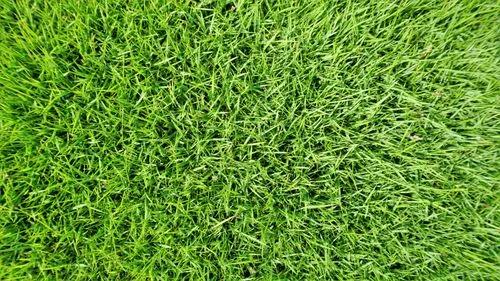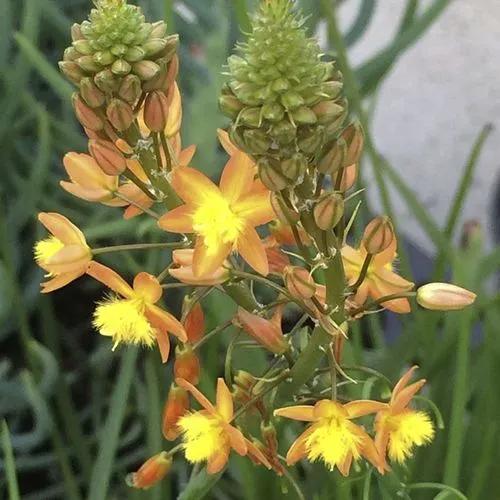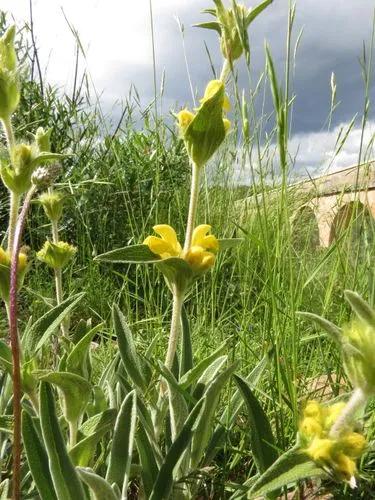The twisted feather grass (Stipellula capensis, Syn, Stipa capensis, Stipa tortilis) is a species of the genus Stipellula and thus the family of sweet grasses (Poaceae).
Twisted Feather Grass Care
Stipella capensis



Twisted feather grass is an annual or biennial grass that grows in dense tufts. The stalks reach heights of 10–70 centimeters, they are kneeling and ascending, smooth and bare and sometimes roughly rough under the panicle. The leaves are blue-green, rolled up, up to 15 centimeters long and 1-4 millimeters wide, the top sheet with a widened sheath, which initially includes the inflorescence below.
The ligule is a short border, it is ciliate like the mouth of the leaf sheath. The spikelets are two-flowered, without the awn they are 12-20 millimeters long; they stand in a 3–15 centimeter long, dense panicle that is twisted together when ripe. The lower glume is up to 16 millimeters long and slightly longer than the upper. The lemma is 5–9 millimeters long, hairy and carries a 6–12 centimeter long, double-kneeled awn. This awn is twisted and hairy up to the 2nd knee, but above it straight and rough. The palea is only a third as long as the lemma. The anthers are 2-3 millimeters long.
This plant might be poisonous
How to get rid of: It's not environment-friendly, so use only if it is absolutely necessary. Some, like Ortho's Weed-B-Gon, kill many weeds including dandelions, crabgrass, and clover. This product does not damage the lawn. Or you can purchase the concentrate, mix it with water, then spray where needed.
After spraying, you can see results in a day or so. After they die, you'll have remove them by hand, which is difficult, but much easier than pulling a live weed.
A downside of these chemicals is that they may not kill the weeds entirely. The chemical only kills what it touches, and if it was not sprayed sufficiently, the weed may not die, so make sure to cover all unwanted plants sufficiently.
Discover more plants with the list below
Popular articles






